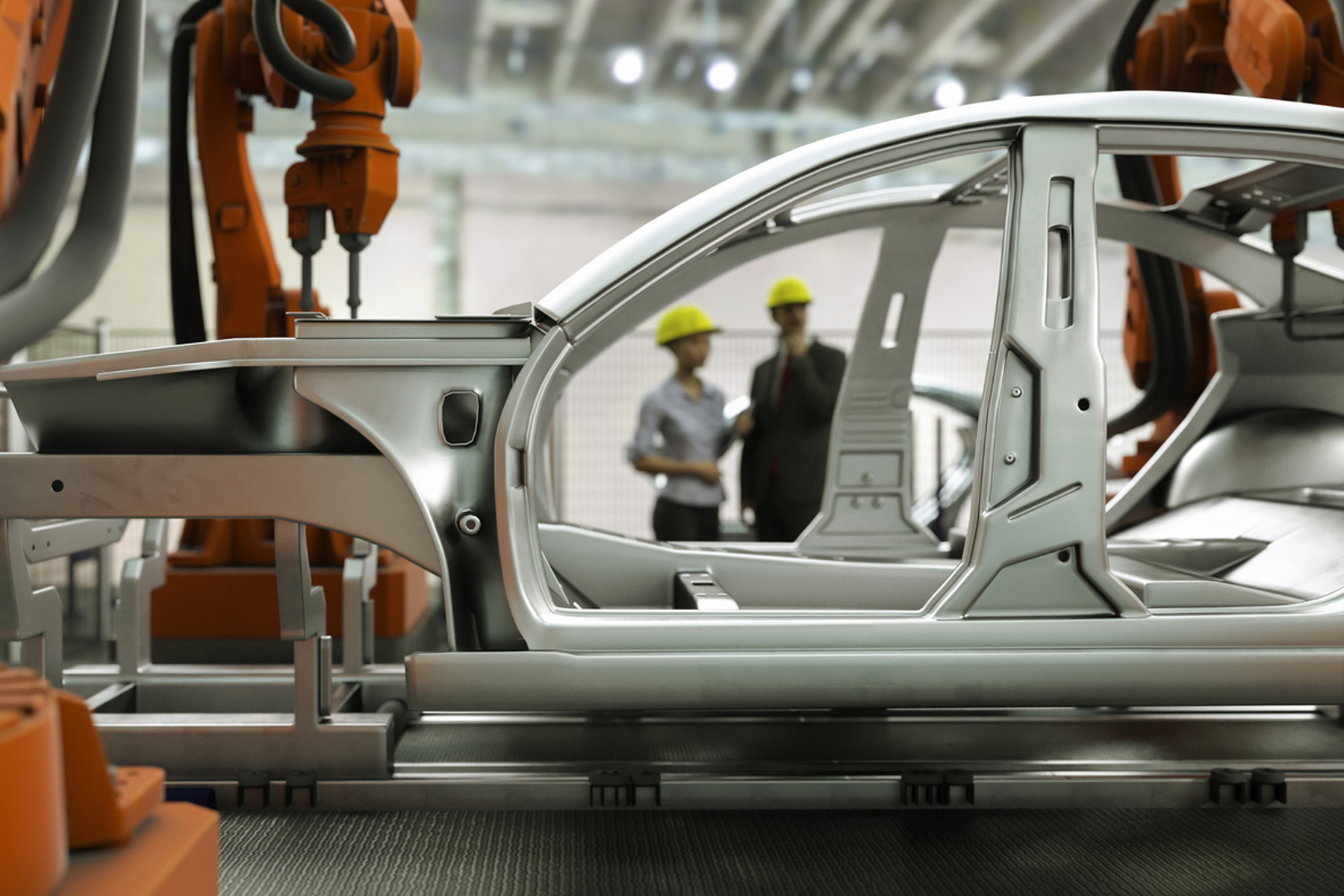Human rights are inherent to all people, regardless of nationality, sex, national or ethnic origin, color, religion, language, or any other status. They are globally agreed upon standards of achievement for all people, covering a wide range of independent yet interconnected civil, political, economic, social, cultural, and environmental rights that serve as a “code of conduct” for all human beings.
All companies can impact human rights either positively or negatively through their action or inactions. The key document speaking to these impacts is the UN Guiding Principles on Business and Human Rights (UNGPs), the authoritative global standard on business and human rights. Though technically “soft law,” the UNGPs have been incorporated into the OECD Guidelines for Multinational Enterprises, ISO 26000, IFC Performance Standards, GRI, UN Sustainable Development Goals, and many other frameworks. They have also been endorsed by business and industry organizations representing thousands of companies, civil society organizations, NGOs, and member states of the United Nations.
As part of the corporate responsibility to respect human rights, the UNGPs require companies to actively identify and manage the negative human rights impacts they may cause or contribute to, or to which they are linked through their business relationships.
This primer identifies the 10 most relevant, urgent, and probable human rights impacts for businesses operating in the automotive sector. It is intended as a starting point and should be supplemented by robust internal human rights due diligence processes. The information here is gathered from BSR’s direct engagement with industrials sector companies, as well as our 30 years of experience helping companies in all sectors manage their human rights risks.
The automotive sector comprises a wide range of businesses and activities across its value chain, from sourcing raw materials and parts to manufacturing auto parts, such as tires, step bumpers, and chasses, to assembling a fully functioning vehicle and transporting finished vehicles to distributors, dealers, and, eventually, into the hands of end-users such as transport companies, truck drivers, or individual commercial and household drivers.
As the automotive industry embraces the green transition, incorporating electric vehicles (EVs) and sustainable materials and other green solutions, new human rights risks will emerge and evolve. These include, for example, sourcing new types of raw materials for EV batteries, shifting skill requirements for technicians in production sites and repair workshops, and increased occupational health and safety risks associated with EV battery handling. It's crucial for automotive companies to proactively address these risks together with their suppliers and business partners throughout the green and digital transformation, as this evolution reshapes the ecosystem, the industry’s human rights risk profile, and the future of automotives.
While each company has distinctive human rights risks based on their different value chain footprints and business models, this primer highlights common risks across the automotive sector to help companies in the automotive value chain identify, prevent, and mitigate adverse impacts on people in the course of doing business. As a sector that is both global and local and employs tens of millions of workers around the world, it also offers opportunities to advance the realization of human rights.
Top Human Rights Risks
1: Modern Slavery (Including Child Labor and Forced Labor)
A number of raw materials procured by automotive companies, crucial for vehicle manufacturing, are associated with modern slavery risks. This encompasses materials like steel, aluminum, and copper, as well as various auto parts including hood decals, brakes, tires, seat cushions, batteries, electric components, and more. These segments of the supply chain have faced past or ongoing allegations related to modern slavery, either directly or through indirect lower-tier sourcing activities, especially in locations susceptible to conflict and at a high risk of exploiting vulnerable groups such as migrant workers, ethnic minorities, as well as children and young workers. Moreover, the green transition has reshaped the landscape of supply chains, amplifying the risk of modern slavery in the manufacturing of EV batteries, which are pivotal for automotive companies aiming to advance green vehicles and achieve corporate goals of reducing emissions.
2: Fair Working Conditions (Wages, Hours, Benefits)
Every worker is entitled to a fair and living wage. In countries with lax labor regulations, workers may face working conditions that infringe on human rights, such as extended working hours without adequate breaks or wage disparities between people doing the same type of work. Notably, nonregular workers, such as temporary employees, are prevalent in the production sectors of the automotive industry. Automakers have relied on lower-paid workers for an extended period to cover for absent full-time employees, address vacation needs, and bolster staffing during production surges. Temporary workers often receive lower wages and experience weaker labor protections compared to regular workers, making them susceptible to precarious work situations.
3: Freedom of Association
In many countries, workers' freedom to associate and collectively bargain through independent trade unions is not protected and may even be prohibited by law. These rights, however, can be exercised through other forms of worker organization and representation, such as work councils, employee associations, or state-sponsored unions. This risk is particularly heightened in countries where local laws or socio-cultural norms restrict the exercise of these rights without proactive encouragement from employers. Additionally, certain groups of workers, such as the nonregular workforce, often lack access to collective representation.
4: Occupational Health and Safety
Workers in the automotive sector are exposed to risks affecting their physical (and mental health) and safety at work, including the dangers of physical injury (e.g., frequent interactions with manufacturing robots and heavy equipment) and mid- to long-term health impacts (e.g., exposure to hazardous substances and chemicals). These risks extend beyond the production setup of automotive companies to auto shops, where manual labor and daily use of power tools (e.g., electric metal shears or angle grinders) are prevalent. Given the predominantly male demographics of the automotive sector, workplace violence and harassment, including sexual harassment, have been reported as issues both in automotive companies and dealership networks.
With the transition to greener vehicles, “new” OHS risks can also emerge and require automotive companies and repair workshops to refresh OHS guidelines, such as handling lithium-ion batteries with potential dangers like fire or electrical hazards.
5: Product and Road Safety
Product defects, deficiencies, or other quality issues in the automotive sector may pose safety risks, leading to accidents or insufficient protection for vehicle riders. The health and safety of affected individuals may be compromised by injuries, both fatal and nonfatal, resulting from road accidents. It is crucial for companies to prioritize the design and development of products, incorporating precautions to prevent or mitigate road accidents. Emerging risks, such as climate change and technological advancements, should be considered and thoroughly tested to ensure road safety. For instance, extreme weather events like floods and heat waves may overheat roads and tires, increasing the risk of accidents. Autonomous driving systems may also respond to emergency scenarios, including technical challenges such as malfunctions, hacking, or sensor failures, in ways that inadvertently lead to accidents and other negative impacts on passengers and pedestrians.
6: Privacy and Data Security
Technological advancements in the automotive sector, such as increased connectivity, connected and autonomous vehicles, smart transportation, advanced driver assistance systems, and advanced fleet management, bring about enhanced user comfort and vehicle safety. However, these developments also elevate concerns related to data privacy and cybersecurity. The significant data collection, processing, and utilization associated with these technologies may expose data to unauthorized access through cyberattacks, overbroad government data requests, or sharing/selling to third parties without the informed consent of individuals, posing risks to their rights and privacy.
7: Responsible Technology and Automation
The integration of AI and other emerging technologies in the production and usage of vehicles and other products of the automotive sector introduces potential human rights risks, including those related to the right to health, life, and freedom from discrimination. On the product side, risks emerge throughout the technology life cycle, from design and development to deployment of specific technologies, where design choices and algorithmic decision-making may impact human rights due to insufficient training for different scenarios or biases in the algorithms.
The widespread adoption of technology and automation has the positive impact of alleviating workers from traditionally hazardous tasks with high occupational health and safety risks. However, this transition also poses a threat to job security for workers, not only within automotive companies but also among its business partners such as suppliers and dealerships. This shift in sourcing needs and required skill sets may result in job losses for many individuals, necessitating upskilling or reskilling efforts to regain employment opportunities.
8: End-Use Impacts
Companies may contribute to or become associated with negative human rights impacts via its sales activities and their customers. For example, when the end-users of products (e.g., commercial vehicles, trucks, or other heavy vehicles) participate in business activities that negatively impact rightsholders.
Customers can use equipment in (legal or illegal) forestry, mining, construction, or other operations that negatively impact property rights, livelihoods, or the health of local communities. Risks may be heightened in conflict-affected or occupied areas (e.g., vehicles may be used in a humanitarian crisis to facilitate attacks or be adapted as weapons).
In the case where it is reasonable for a company to have known about the increased level of risk—for example, by providing services to organizations with challenging human rights records (e.g., certain governments, politically compromised organizations, companies violating human rights)—they can be considered as complicit to and associated with these behaviors.
9: Climate Change, Environmental and Community Impacts
The procurement, manufacturing, transportation, and end-use of automotive products can have significant environmental, climate change, and community impacts. Pollution of air, soil, water, and noise can lead to various health-related consequences for communities, both along the supply chain of automotives and at their production sites. Downstream emissions from end-users who have yet to shift to greener vehicles, such as the transport and logistics sector and individual commercial vehicles, especially heavy-load vehicles, can result in air pollution with risks to human health and broader implications for climate change, impacting food supplies, potable water, mass migration, and potentially leading to political upheaval, all with severe human rights implications.
With EVs and other greener transportation options, the potential for community impacts persists due to supply chain activities ranging from mining to electricity production. To achieve complete zero-emission vehicles with minimal climate change impacts requires meticulous attention to factors such as emissions and electricity consumption throughout the entire EV production process. These considerations are essential for ensuring that the environmental benefits of EVs, compared to traditional fossil fuel-driven vehicles, are maximized while minimizing adverse effects on communities and the climate.
10: Grievance Mechanism and Access to Remedy
The UN Guiding Principles not only require companies to identify and manage their human rights risks, but to provide or cooperate in the provision of effective remedy for victims of adverse human rights impacts. This is both a procedural and substantive right. Adversely impacted people should have access to adequate, accessible, and reliable grievance mechanisms to raise concerns and seek remedy, and these mechanisms should lead to effective remedy. Human rights risks are present throughout various parts of the automotive sector's value chain, with heightened risks in lower-tier supply chains such as raw materials and dealerships, where access to proper grievance mechanisms may be limited. It is crucial for automotive companies to establish direct channels for grievances or collaborate with suppliers and business partners to ensure the availability of such mechanisms.
Top 3 Opportunities for Positive Impact
1: Green and Just Energy Transition
The automotive industry has a unique opportunity to support a green and just energy transition across the production and product life cycle by contributing to decarbonization and the circular economy through electric vehicles and e-mobility infrastructures. However, the energy transition has the potential to disrupt workforces and communities, leading to the disappearance of some jobs but also creating new green job opportunities that serve the energy transition. Programs providing access to technical education, technical knowledge transfer, and enhanced local skills present an opportunity for automakers to create decent jobs and enhance inclusive societies.
2: Access to Products and Services
Ensuring the inclusivity of automotive vehicle and service design by considering the needs of vulnerable groups, such as women, persons with disabilities, and elders, can enhance accessibility to mobile solutions and transportation. This includes addressing aspects of accessibility and biases in technology solutions, such as voice-command and voice-recognition software in cars, which may prioritize or only react to male users, lower-pitched voices, or individuals with a specific accent.
3: Enhance Road Safety
Approximately 1.35 million people die every year due to road traffic crashes, making them the leading cause of death for individuals aged 5 to 29, according to the WHO. Safe vehicles play a crucial role in preventing crashes and reducing the likelihood of serious injury. Automakers can contribute to road safety by providing awareness information, engaging with customers in the Transport and Logistic sector, and communicating with vehicle drivers about work-related aspects that may increase risks (e.g., long work hours, breaks while driving, etc.). This initiative aims to promote safe driving and road behavior, ultimately supporting the right to life for many.
Our Experts
Depth of Experience and Knowledge
Our team consists of global experts across multiple focus areas and industries, bringing a depth of experience in developing sustainable business strategies and solutions.
Let’s talk about how BSR can help you to transform your business and achieve your sustainability goals.






